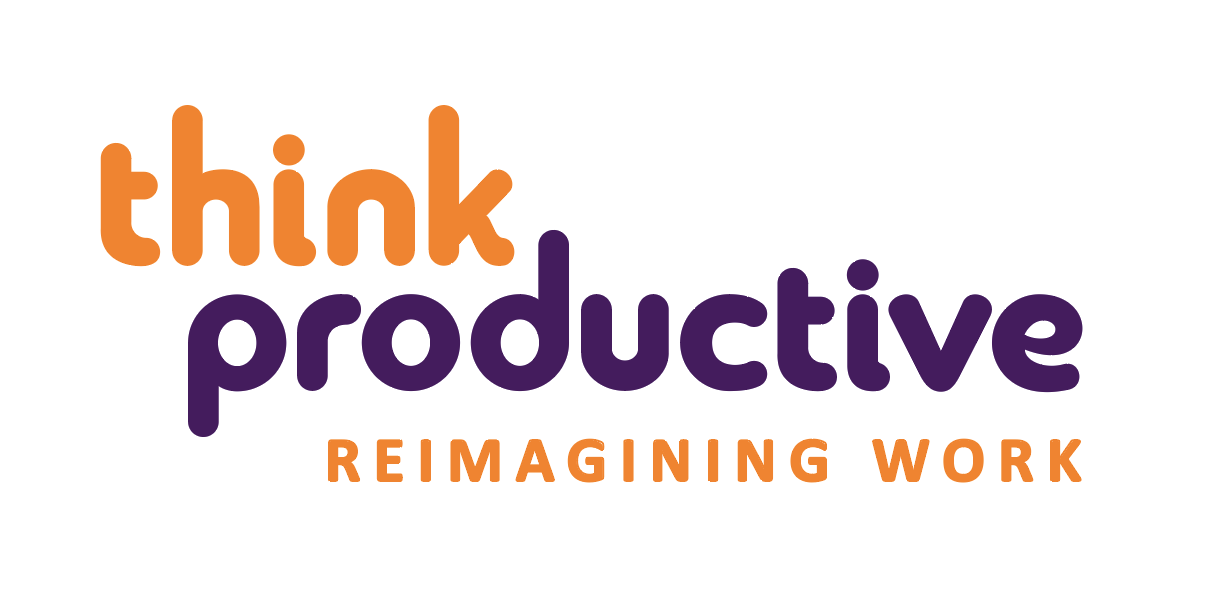(image courtesy of ![]() Nicholas Smale Some rights reserved via Flickr)
Nicholas Smale Some rights reserved via Flickr)
 Things have changed: old time management techniques are no longer sufficient to ensure we have a good grasp of all the various tasks and projects we’re managing, let alone sufficient to help us react quickly and responsibly to the myriad of information inputs we’re being bombarded with all the time.
Things have changed: old time management techniques are no longer sufficient to ensure we have a good grasp of all the various tasks and projects we’re managing, let alone sufficient to help us react quickly and responsibly to the myriad of information inputs we’re being bombarded with all the time.
Instead we want to introduce you to four distinct habits that are the cornerstone of achieving relaxed control: the CORD Productivity Model.
They are less about managing time or lists and more about managing your attention and energy, increasing your focus and developing consistent best practices that ensure peak-level performance. We’re ditching the old school approach of ticking everything off the list until it’s all done – getting everything finished isn’t a realistic aspiration in today’s information overloaded world.
I realise that you may have an emotional attachment to the idea of completion, of ticking everything off the list. Whilst this is natural, this in itself is a prominent cause of stress, as you realise that you can’t control the level of new inputs heading your way and fear becoming overwhelmed. So the CORD Productivity Model is both necessary and liberating, as it focusses on the four key productivity habits that will make a profound and lasting change to how you work and put you back in control.
- C – Capture and Collect
- O – Organise
- R – Review
- D – Do
Stay tuned for over the next few weeks and we’ll be running through these in more detail, and talking you through some tasks so you can bring it into your life.
CAPTURE AND COLLECT
Focussing on all of those information inputs. This might be your own ideas, actions established during conversations with colleagues, paperwork, voicemails,social media notifications and of course the email inbox. Keeping each of these at zero, leads to the Zenlike calm and preparedness a Ninja needs.
Not enough of this leads to … feeling overwhelmed as new information inputs arrive and are not dealt with, feeling uncertain about what we should be doing and feeling stressed that we might be missing things.
ORGANISE
Once we have all of those information inputs captured and collected together, the Organise habit is where we start to ask the crucial questions to ensure ruthless focus and peace of mind. It’s about applying consistent thinking and developing habits that get you to the heart of action decisions as quickly and effortlessly as possible.
Not enough of this leads to …. a lack of clarity about how long things might take, which tasks are the highest priority and an unrealistic impression of what’s really on our plate.
REVIEW
The Review habit comprises daily and weekly checklists designed to help you direct your attention and focus for optimum efficiency, mindfulness and agility. If you have a knowledge job, i.e. dealing with information and processes, then simultaneously the boss and the worker all at the same time. Well, the Review habit gives our inner boss the chance to shine and gives us the chance to step out of the chaos to find some clarity.
Not enough of this leads to … feeling unsure that we’re on top of our work, an inability to put things in perspective, a level of constant stress that leads us to inefficiency, a constant sense of panic and a reactive rather than proactive style of working.
DO
Of course, all of the above habits are of little use or value unless we’re in the habit of doing things! The Do habit focuses on working with your attention and energy levels, choices, tactics and momentum for optimum efficiency. It’s also about developing the mindfulness and unorthodoxy needed to avoid procrastination, keep things moving and feel positive about your work.
Not enough of this leads to … work piling up not done! There are times when we’re resisting the actual doing in favour of more organising or tinkering. This might otherwise be labelled ‘procrastination’ and it’s crippling if it sets in – as we all know!
Check back next week for more about the CORD Productivity Model: we’ll explain how to use it, and set you some tasks to work through the stages!
We cover the CORD Productivity Model in out in-house courses, and public workshops – so click on a link and find out more!
